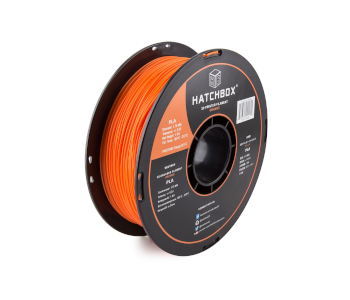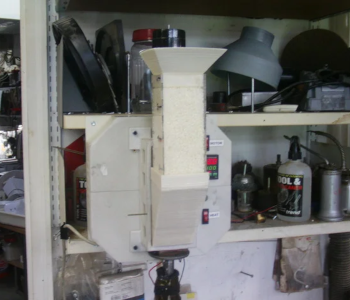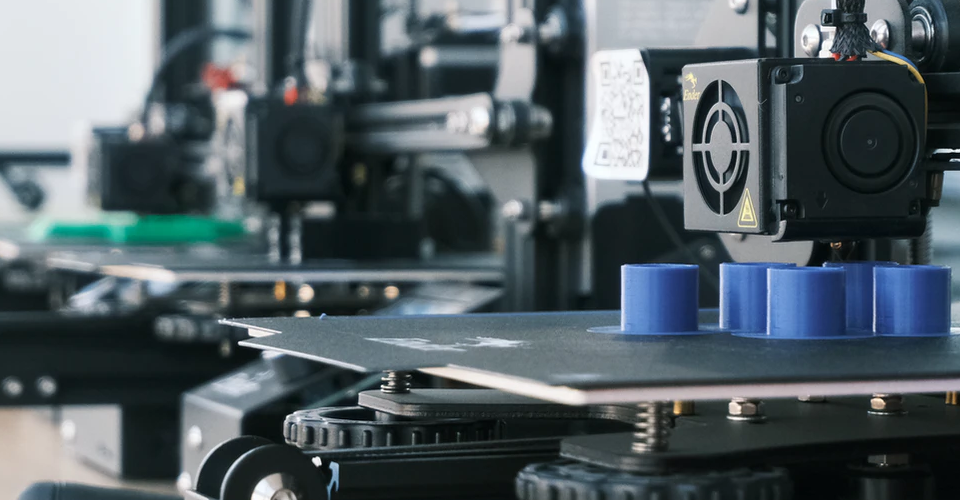What to Do with Your 3D Printing Scraps
There’s no going around the fact that you will inevitably end up with a pile of scrap when you go into 3D printing. Most of us probably have a bin in our workshops that is progressively getting filled with misprints and segments of filament that are too short to be useful.
The question now is – what can we do with all this scrap? Simply disposing just adds to the ever-growing problem of solid waste. What is the best way to give a second life to the scraps of 3D printing?
3D printing scrap is inevitable

You might be thinking that the best way to deal with scrap is to avoid them entirely. This is an entirely valid approach but fails to consider the inevitability of generating waste. Aside from test prints and misprints, you will still have to deal with support structures, rafts, and brims.
There is also the matter of scrap filament. Your 3D printing filament may snap off randomly, creating odd segments that are too short to be fed to a 3D printer. You may also end up with filament that has become too brittle because of exposure to moisture.
In most cases, these scrap pieces end up in a pile regardless of which 3D printing material they are made with. This makes handling the scraps a bit more complicated, as you are no longer sure about their individual characteristics. One thing we know for sure is that you should get on reducing that pile before it increases to a size that is no longer manageable.
How to reuse or recycle your 3D printing scraps
Use scrap filament as welding material
A good option is to grind up your scrap prints and use them as filling material for when you have to seal gaps in your 3D prints. Just keep in mind that the composite filament may not be visually pleasing, so this is a technique best done with seams that will be painted over.
If you have segments of filament to spare, you can even use them with a 3D pen to weld seams together. This gives you better control over where the scrap filament goes.
Upcycle them into something useful
The beauty of thermoplastics is that they can be molten and solidified with practically no changes to their physical properties. This allows for creative avenues for the recycling of your scrap prints.
Upcycling simply means using your scrap prints to produce something with more value. There have been lots of innovative ways that this has been done – from guitar picks to coasters and other interior design pieces. Upcycling may be as simple as taking the scrap materials, placing them in a mold, and baking them in an oven.
Combining different types and colors of filament introduces an element of randomness into an upcycled product. This can be desirable in that no two pieces will come out exactly the same. You might even come up with a product that can be sold if you’re creative enough.
Make recycled filament

The most generic idea for recycling 3D print scraps is to turn them back into filament. Although an excellent idea, in theory, the reality is that not everyone can afford the hardware to be able to do this. It can also be a huge time sink and may not be worth it for the average 3D printing user.
To create recycled filament, you will need a filament extrusion setup. The most popular brand of filament extruder right now is the Filabot EX2 Extruder which will set you back around $2000. If you want a spooler accessory, then you will need to pay extra.
If you have the chops for a massive DIY project, you can try 3D printing your own filament extruder. The models for the Lyman Filament Extruder V6 can be downloaded for free but will likely take a few months’ worth of work. Of course, you will still need a few parts that cannot be 3D printed such as the motor and some gears.
An alternative is to drop off your 3D print scraps to a company that offers this service. You can either pay them to make a recycled filament spool for you or simply give them your scraps for recycling. Either way is better than having your 3D printing scraps end up in some landfill.
Make ABS slurry
If you have been able to isolate ABS scraps, you can make a very effective adhesive using ABS slurry. This can be easily made by dissolving a portion of ABS in acetone. ABS slurry creates a very strong bond that is particularly effective for ABS, PLA, and PETG. Take note that ABS slurry is best used when it has been freshly made because acetone dissolves quickly even at room temperature.
Can you dispose of biodegradable filament in compost?
When the topic of recycling 3D printing scraps is being discussed, the special case for PLA inevitably comes up. PLA, after all, is often touted as the “biodegradable” filament. This implies that PLA scraps can be simply disposed of in someone’s backyard without causing any environmental damage.
Unfortunately, this exaggerates the biodegradable properties of PLA. Under the conditions found in someone’s backyard, PLA will likely take more than ten years to fully break down. Although PLA is technically compostable, it requires pressure and temperature conditions that can only be satisfied in industrial composting facilities.
This means that even your PLA scraps need to be disposed of or recycled in the proper ways. If you have a local recycling facility, you may want to ask them if they can accept PLA scraps. Otherwise, you will have to make do with recycling your PLA scraps yourself or having someone else make filament out of them.
Final thoughts
Despite any effort to reduce the waste of 3D printing, you will unavoidably end up with a pile of scraps. The key here is to try and reduce your scraps as you go along so that you don’t end up with a humongous pile. When there’s a chance to fill in gaps or assemble large models with some scrap filament, it’s a good idea to reduce your scrap pile by a few handfuls.
The best solution is still to avoid generating waste as much as possible. Although waste is inevitable in 3D printing, it can be reduced. You may try to print with fewer supports or with brims instead of rafts. If you’re working with a new filament, printing some test prints may be prudent rather than wasting more filament with failed prints.





